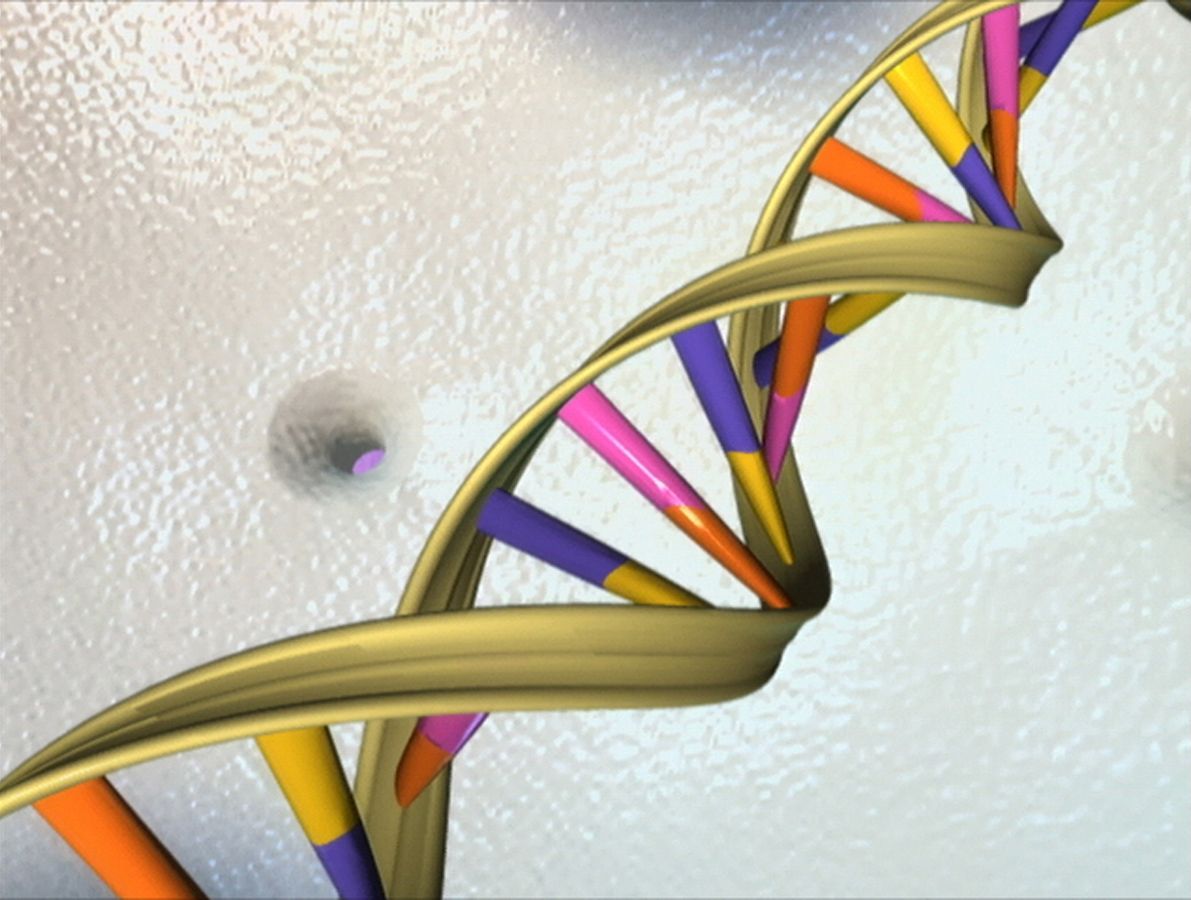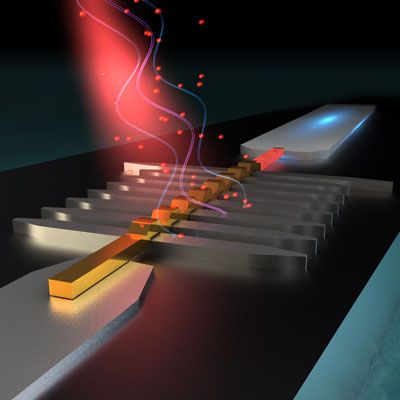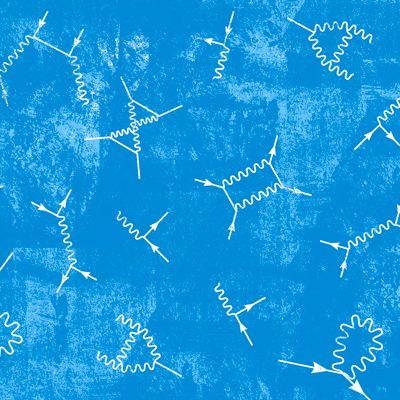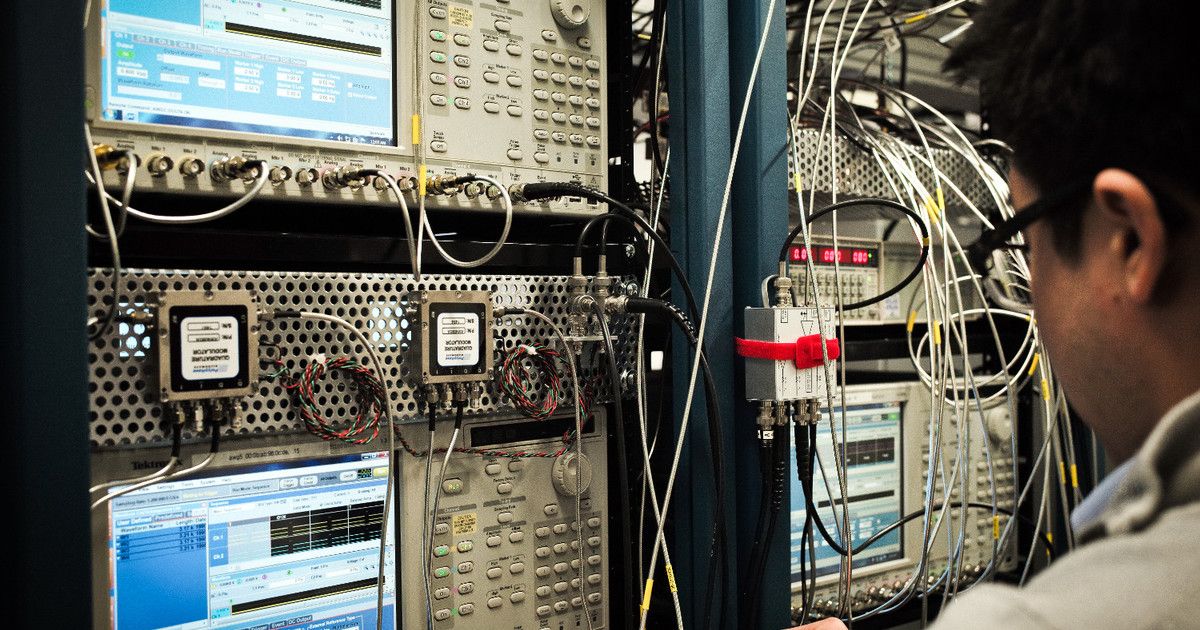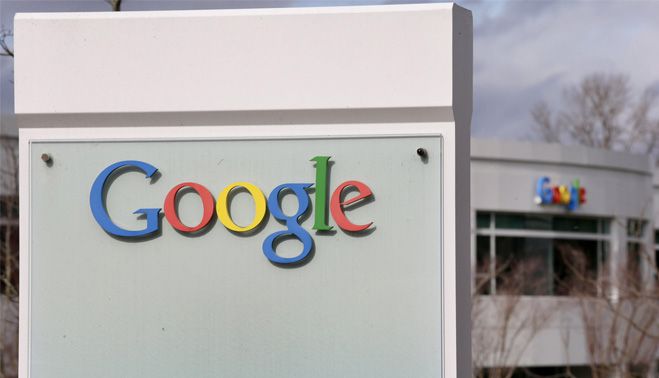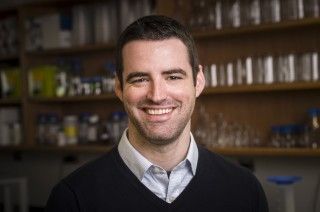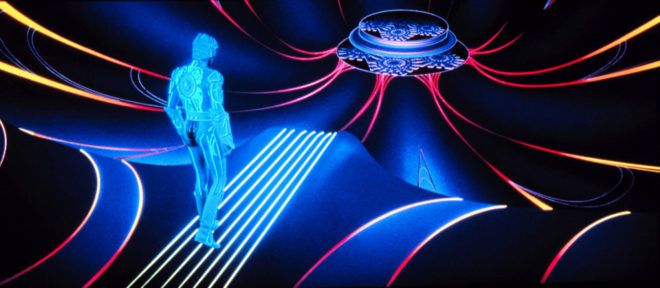An example of synthetic biology is making ‘real’ milk without rearing cows.
Aalto University scientists have broken the world record by fourteen fold in the energy resolution of thermal photodetection.
The record was made using a partially superconducting microwave detector. The discovery may lead to ultrasensitive cameras and accessories for the emerging quantum computer.
Figure 1: Artistic image of a hybrid superconductor-metal microwave detector. (Image: Ella Maru Sudio)
The first of the two key enabling developments is the new detector design consisting of tiny pieces of superconducting aluminum and a golden nanowire. This design guarantees both efficient absorption of incoming photons and very sensitive readout. The whole detector is smaller than a single human blood cell.
Glad Google is doing this because next month could be a real test when China launches its Quantum Satellite.
Today’s encryption is an arms race as digital security experts try to hold off hackers’ attempts to break open user data. But there’s a new tech on the horizon that even the NSA recognizes as crucial to protect against: quantum computing, which is expected to dramatically speed up attempts to crack some commonly-used cryptographic schemes. To get ahead of the game, Google is testing new digital security setups on single-digit populations of Chrome users.
Quantum computing is such a potential threat because it can do many more simultaneous calculations than current computers. Modern binary bits can only be in two states when electric current is run through them: 0 or 1. But the ambiguous nature of the quantum state means its elemental units (known as “qubits”) could be in either state at a time, so two could potentially be in four orientations at one time: 00, 01, 10 or 11. That ambiguity is exponential, so three qubits could be in eight at a time, and so on.
Security experts aren’t just concerned that quantum computers’ higher speed means faster rates of cryptography-cracking: They’re worried that future hacking methods could come back to today’s encrypted data and pry it open. But that’s in the future: as Wired points out, crypto experts say you would need a quantum computer with hundreds of thousands of qubits, and IBM’s only has five.
A special form of RNA called extra-coding RNA controls the careful targeting to add or remove methyl groups to chromosomal DNA of the adult neuron. The ecRNAs are fundamental regulators of DNA methylation patterns in the adult brain through interaction with DNA methyltransferase enzymes and are involved in creation of memories.
As we reported last month app collusion, where apps work together to extract sensitive data, now represents a very real security risk to mobile devices.
To address this emerging threat, component technology firm Formaltech, today is releasing FUSE, a DARPA-funded tool that detects inter-application collusion and other vulnerabilities in Android apps.
The FUSE platform identifies potential security vulnerabilities and tracks information flow through multiple apps, revealing potential collusion between apps. The tool uses static binary analysis to detect vulnerabilities without requiring the source code of the apps, allowing security professionals to analyze third party apps without the need for vendor cooperation. It operates in the cloud, supporting Android app (APK) analysis from anywhere. Developers and testers can easily drill down into the FUSE interface when FUSE displays errors, warnings and informational alarms.
Stealthy 3D Printing at Airshow?
Posted in 3D printing, military
I hate that I am going to miss the Farnborough airshow.
The Farnborough airshow begins next week and will feature a number of announcements from the 3D printing industry. The show only takes place once every 2 years and will see a flurry of news and displays of the latest aviation technology. These include Boeing’s 737 MAX airliner with its 3D printed LEAP engines and also demonstrations by the first Lockheed Martin F-35 Lighting II, or Joint Strike Fighter, stealth jets to arrive in the UK.
Additive manufacturing company Norsk Titanium (NTi) hopes their announcements will make an equally large splash. During 2016 a number of press releases by the company have piqued the interest of insiders in the 3D printing industry and also in the aerospace industry. Outside of this group, the name Norsk Titanium may be relatively unknown.

